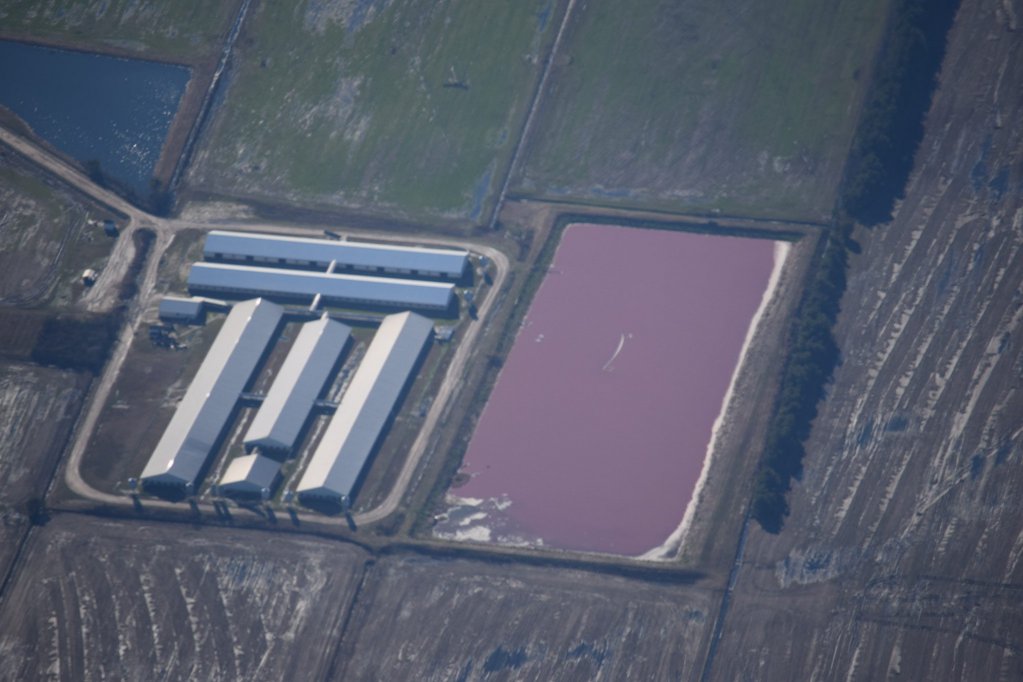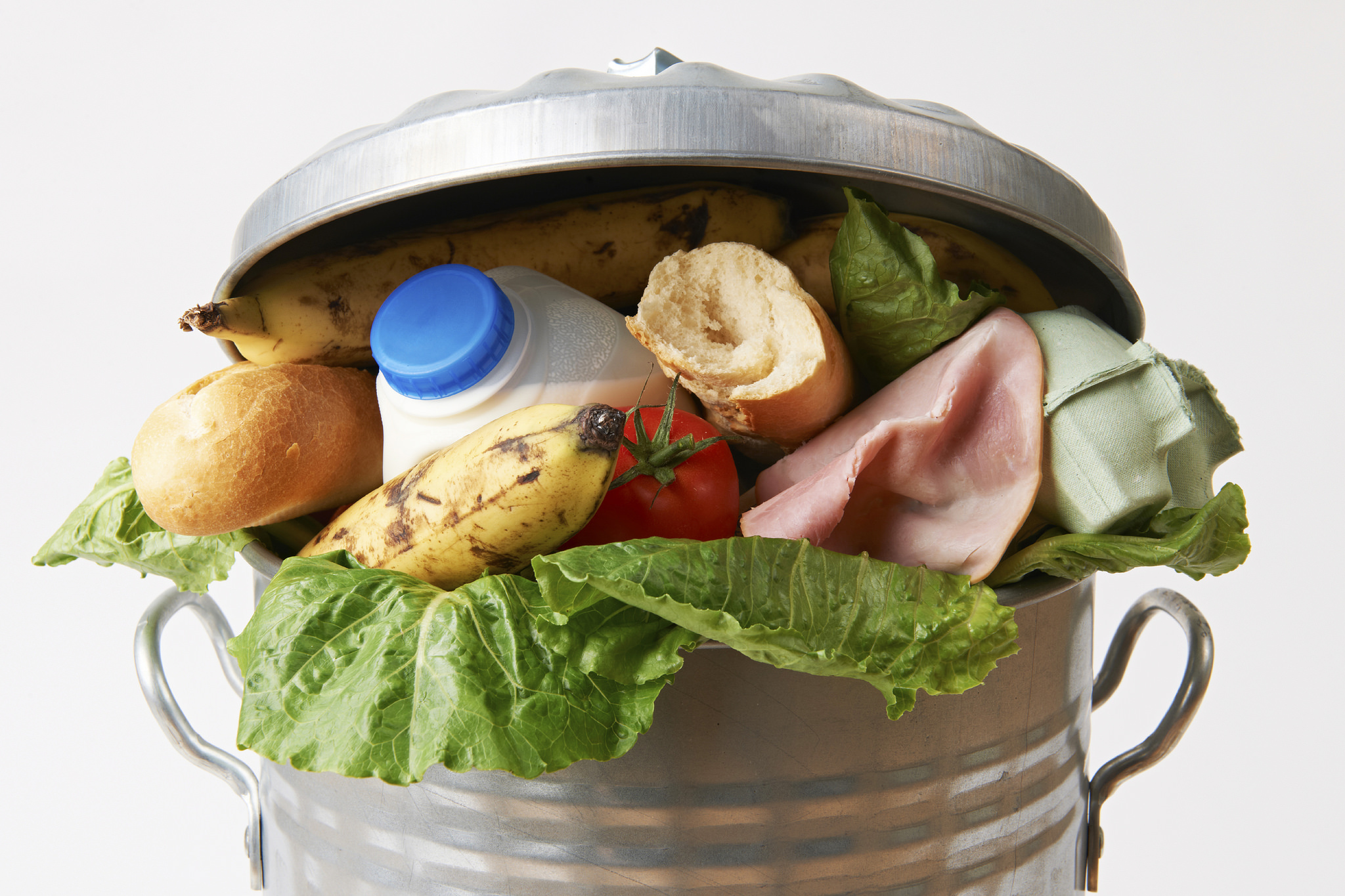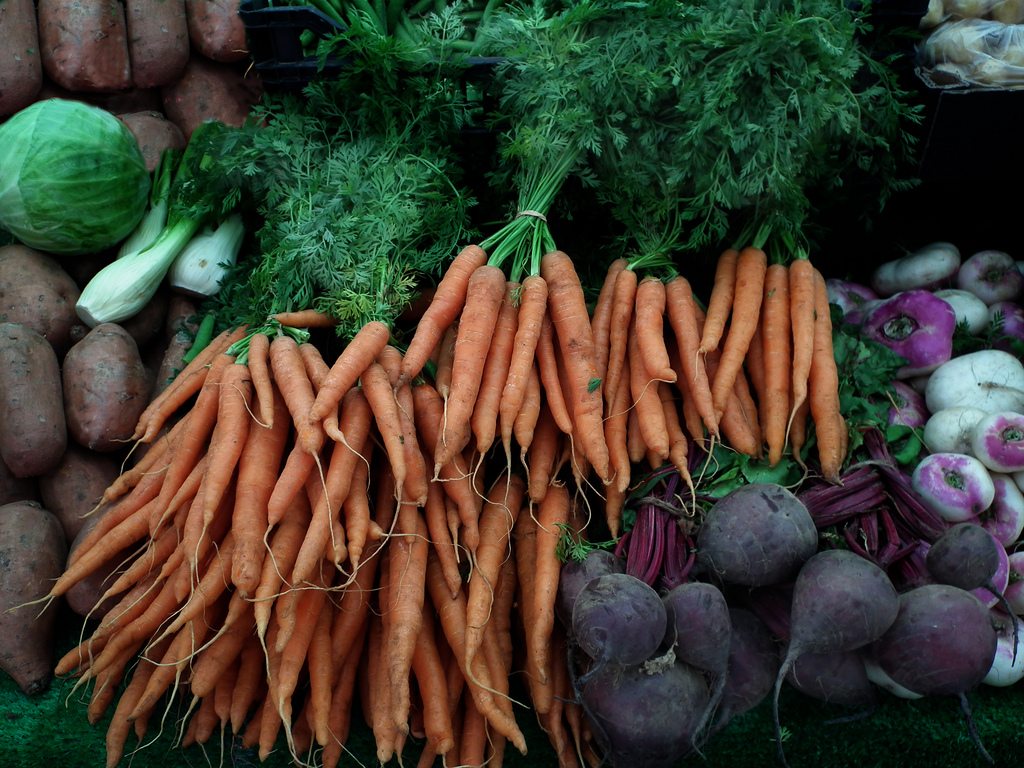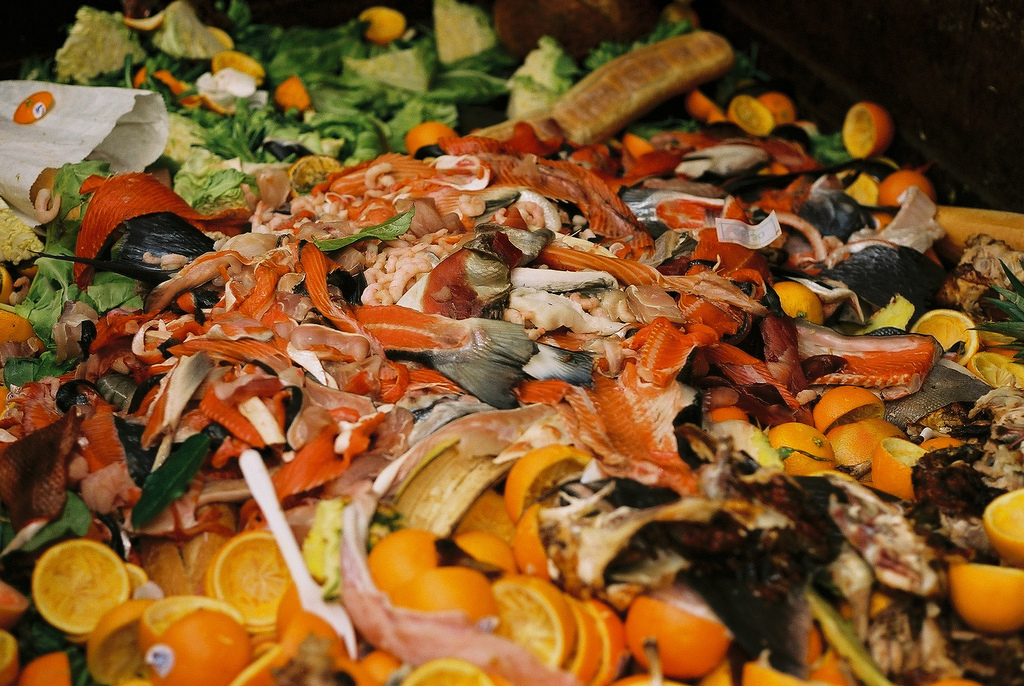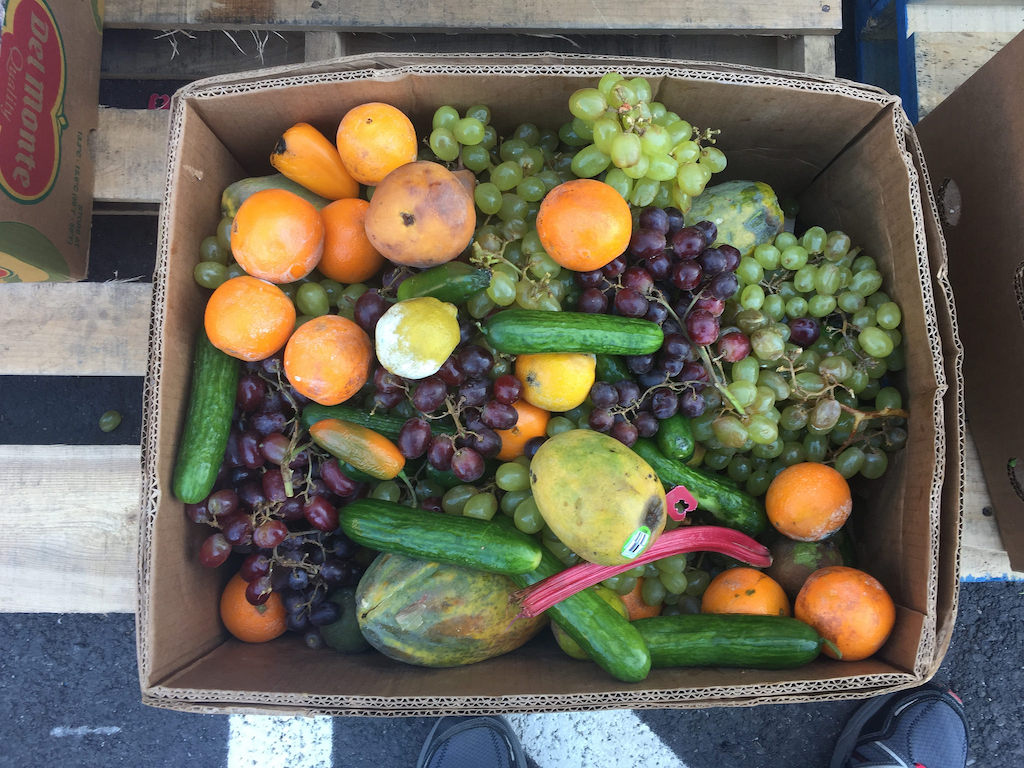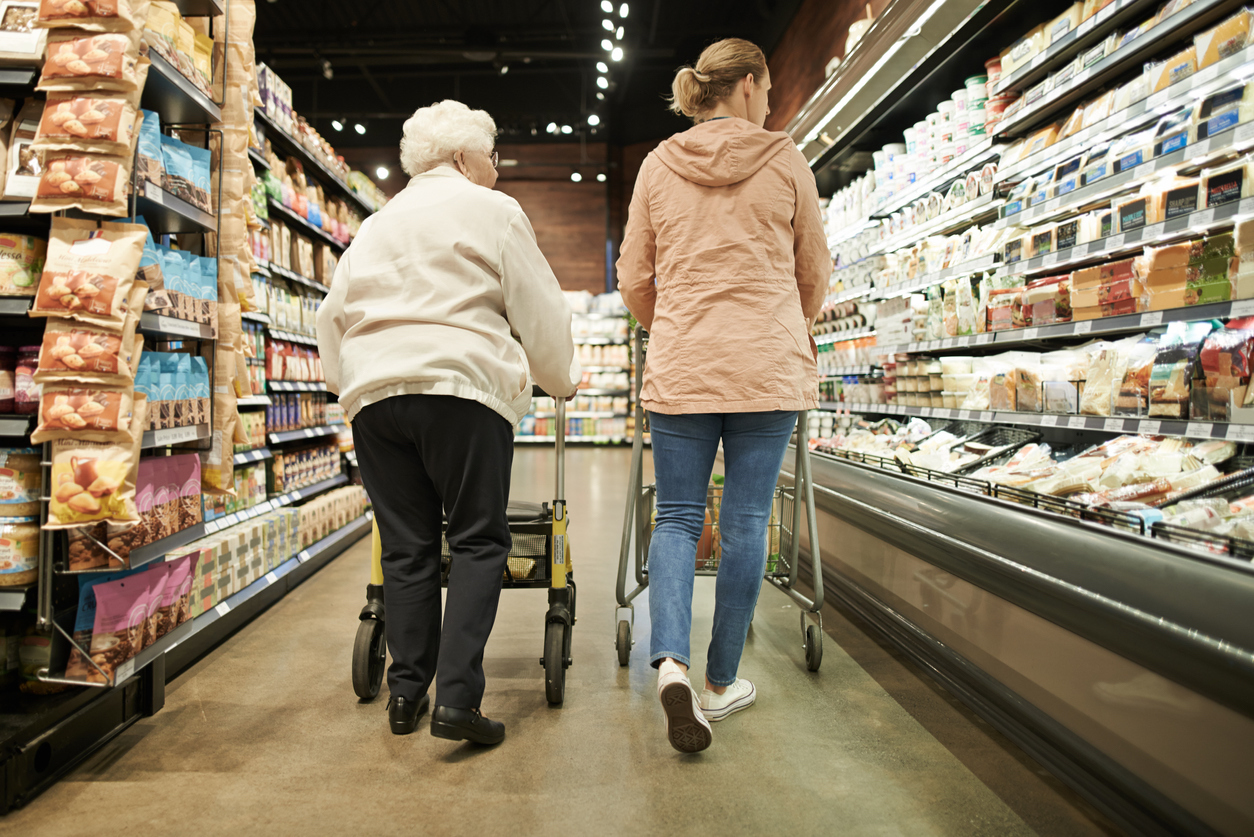
AJ_Watt / iStock
In July, the Trump administration announced a proposal that would take food stamps away from more than three million people. Now, a new analysis examines just how that policy will impact recipients by state and by household composition, including families with children, elderly members, and people with disabilities.
Of its key findings: Nearly one in five families in Wisconsin who currently rely on food stamps will lose them, so the policy’s potential impact will be felt most acutely there. Texas, Iowa, Washington, and North Dakota are among many other states where at least 15 percent of households enrolled in the Supplemental Nutrition Assistance Program (SNAP, as food stamps are officially known) will get kicked off of it under Trump’s proposal. Nationally, 13 percent of families that include an individual over the age of 60, seven percent of those with children, and four percent with an individual with disabilities will lose their benefits.
The analysis was conducted by research organization Mathematica and funded by the public health nonprofit, Robert Wood Johnson Foundation. Mathematica also has independent policy analysis contracts with the Department of Agriculture’s (USDA) Food and Nutrition Service, the agency that oversees SNAP.
The July proposal will reduce the number of families who qualify for SNAP via a federal assistance program called Temporary Assistance for Needy Families (TANF). Currently, households that receive TANF benefits are automatically eligible for food stamps—a policy design called “broad-based categorical eligibility” that is meant to minimize administrative redundancies. The proposal takes a two-pronged approach to reining in the scope of broad-based categorical eligibility by lowering its income limits and capping the amount households can have in savings to qualify.
Currently, TANF income limits—set at the state level—are typically higher than those which applicants must meet when applying for SNAP directly. For example, while the federal government caps allowable gross income at 130 percent of the federal poverty level—that’s $2,720 for a family of four—TANF recipients can earn up to 200 percent of that threshold in many states, including California, Florida, and Nevada. The Trump administration’s rule eliminates this flexibility and requires all food stamps users to adhere to federal income limits.
Mathematica’s analysis found that state-level impacts of the proposal will vary widely. Some states, like Virginia, Tennessee, and Utah, won’t see any change in SNAP use at all. This is because the parameters of broad-based categorical eligibility are set locally—states that have opted out of the policy altogether won’t be affected by changes to it, explains Sarah Lauffer, lead researcher for the analysis.
“I’m hoping that agencies at the state level will be able to kind of see what [this proposal] means for them,” Lauffer said in a phone interview. “A state such as Texas, which has the highest number of SNAP households to begin with, actually has a pretty high percentage that would be losing benefits, as well.”
Though Secretary of Agriculture Sonny Perdue has characterized the differences between broad-based categorical eligibility and SNAP requirements as “loopholes,” anti-poverty advocates insist that the wider criteria of the former makes it a crucial lifeline for families who face economic instability despite having savings or earning slightly more than the federal poverty cutoff.
“If you can’t build up some savings, you really can’t ever get yourself out of a precarious situation,” said Anore Horton, executive director of Hunger Free Vermont. “[The proposal] is punishing low-income people for doing what the Trump administration is lecturing low-income to do, which is ‘be responsible, spend wisely, save money.’ Then if you do that, you’re going to go hungry.”
The proposal also has repercussions beyond the loss of SNAP, advocates say. In August, a coalition of 70 mayors across the United States rebuked the Trump administration’s move, pointing out that it would also reduce local spending power and make it harder for children to access school nutrition programs. Currently, kids from households on SNAP are automatically eligible for free lunch. The Trump administration originally estimated that revising categorical eligibility would take that away from 265,000 students, a number which it then updated to 500,000.
Overall, the new analysis found that 3.6 million people comprising of 1.2 million households across 42 states and territories will lose SNAP benefits—up from FNS’s prediction of 3.1 million. This discrepancy is due to differences in data used: Mathematica’s study is based on 2016 SNAP numbers, while FNS’s estimate is based on projected 2020 caseloads. Since 2016, SNAP participation has dropped significantly from 44 million in 2016 to 36 million in May 2019, the most recent data available.
USDA is currently soliciting public comment on the proposed rule. You can submit input to the agency until September 23 here.

